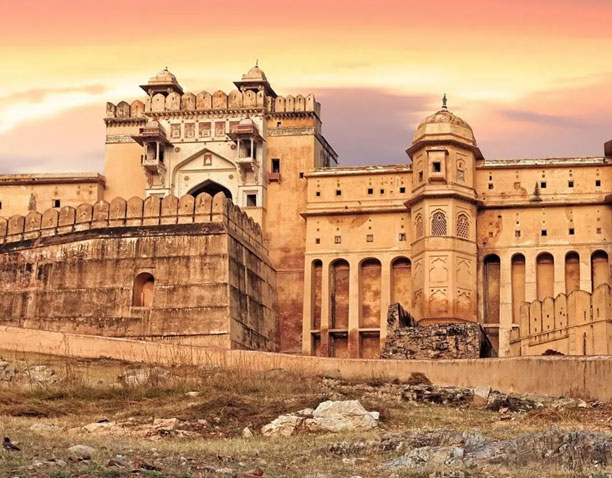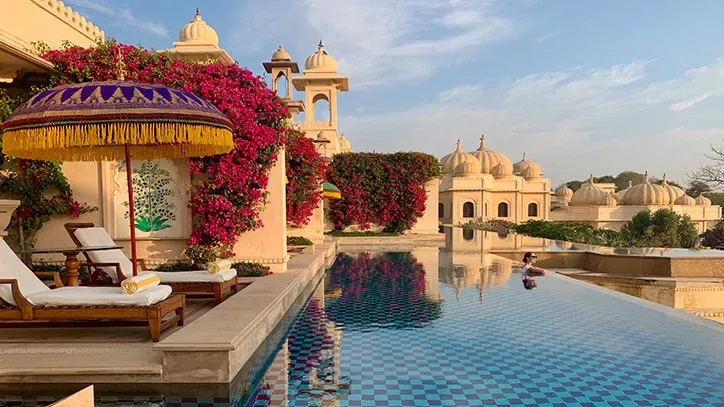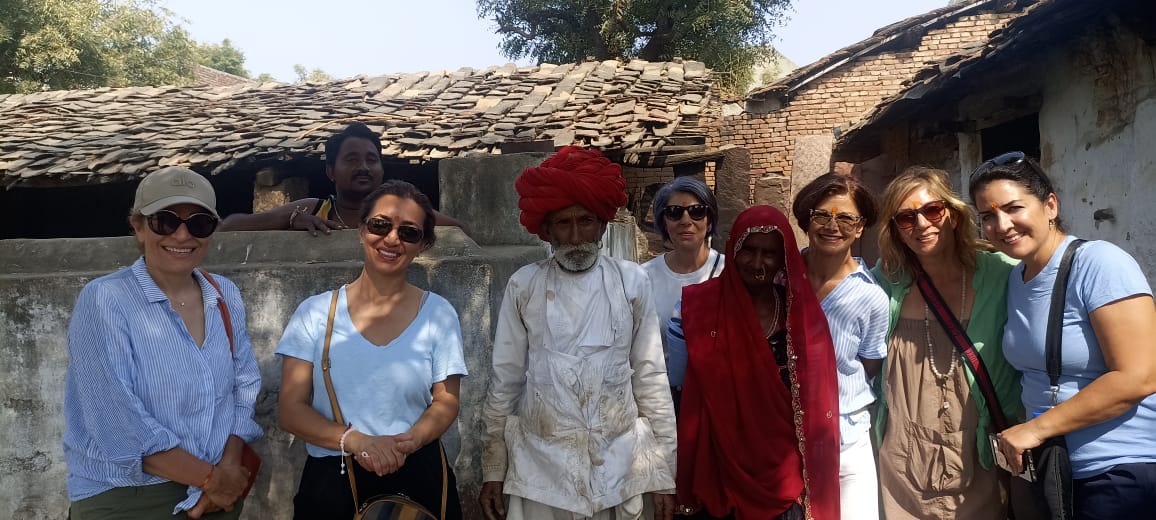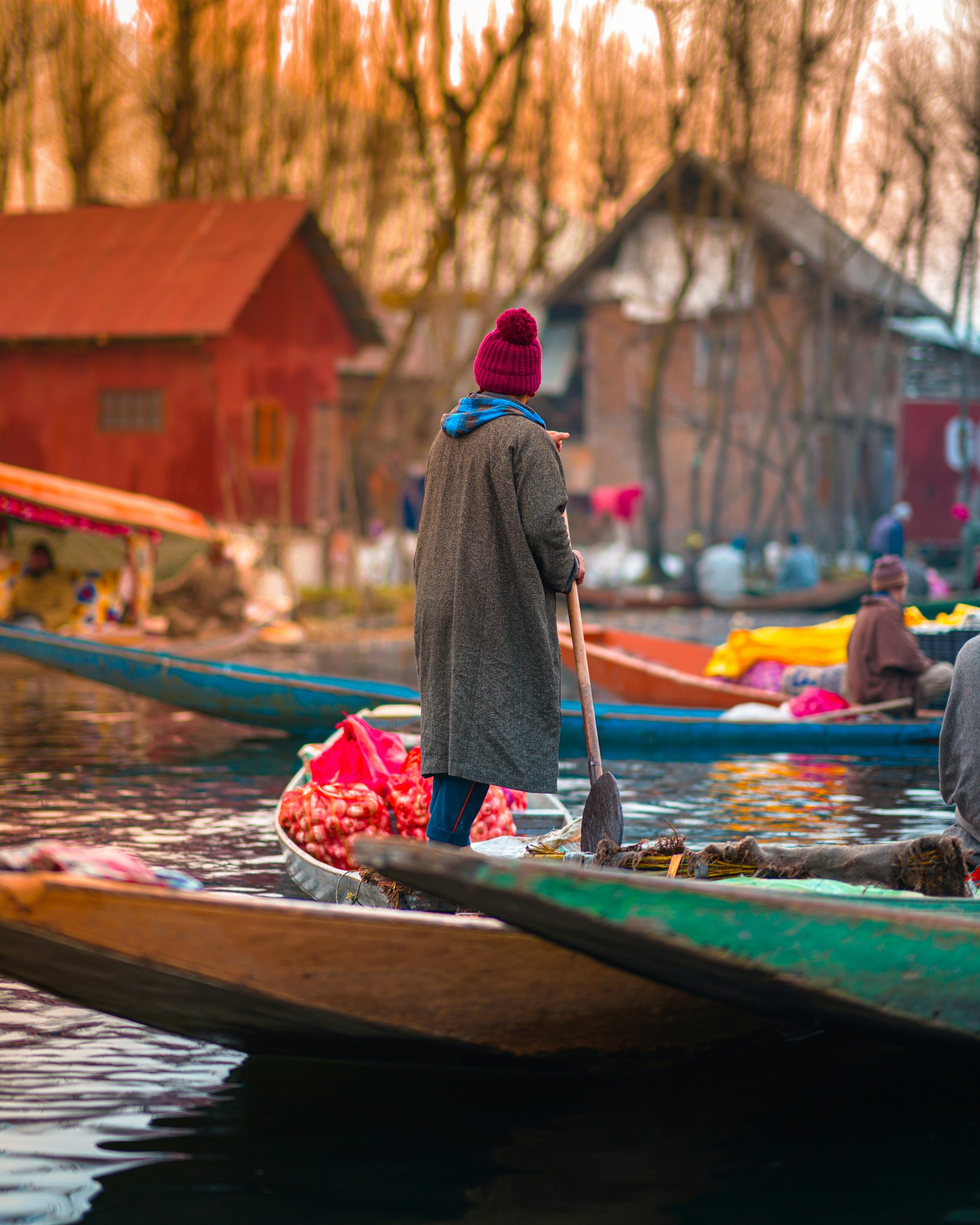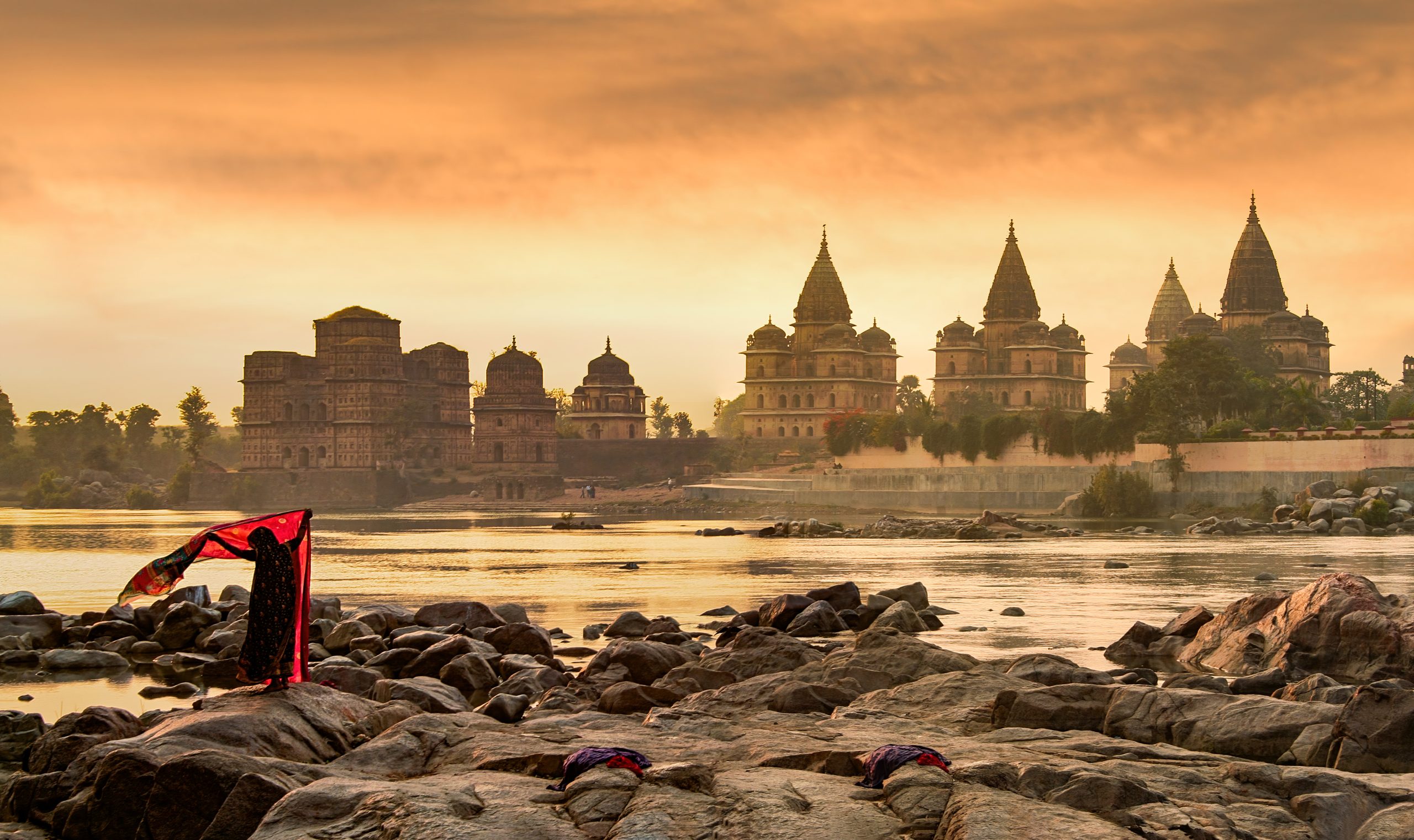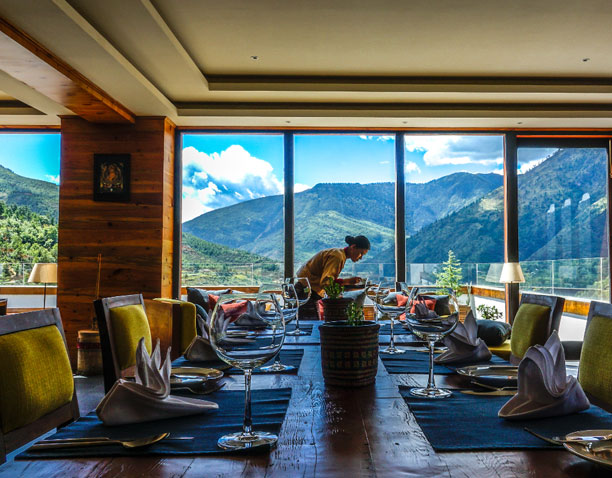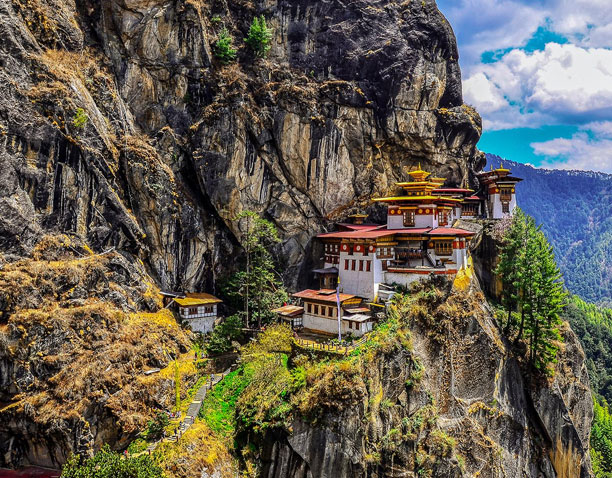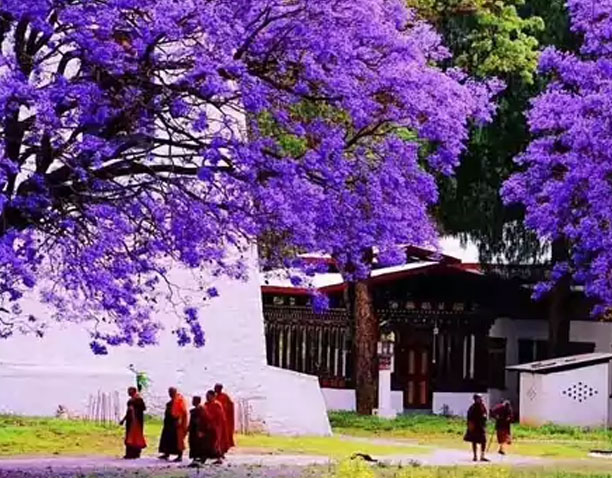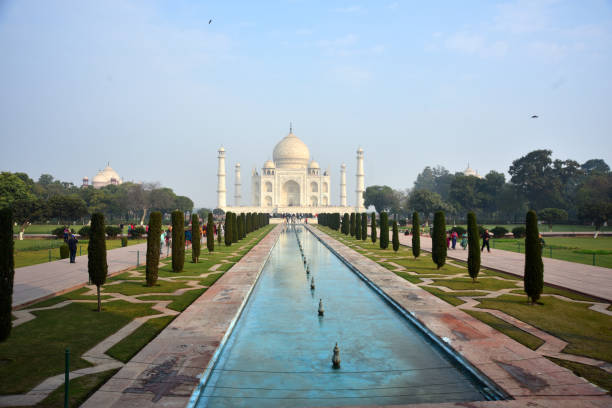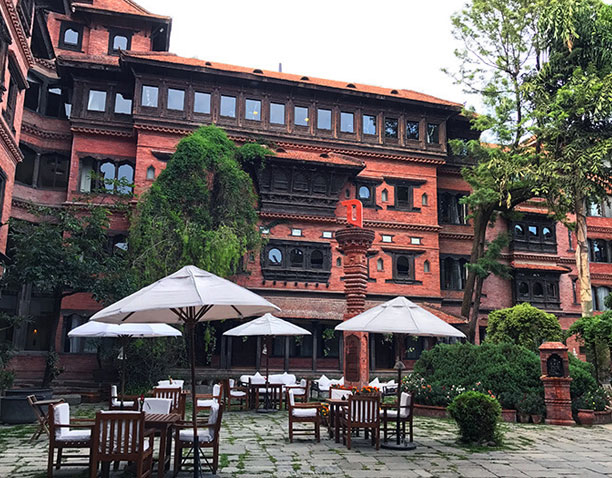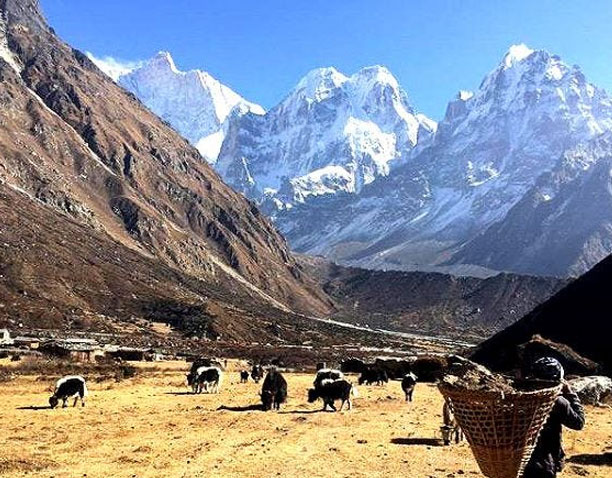“The Pink City” is how people refer to Jaipur, a vibrant city in Rajasthan, India. But why is it so pink? Answer: When the Prince of Wales and Queen Victoria announced their visit in 1876, Maharaja Ram Singh, the ruler of Jaipur, ordered that the city’s now-famous reddish-pink color be applied. This unique color scheme is one of the many reasons why a trip to Rajasthan, India is a must.
This is due to the notion that pink symbolizes welcome. It’s challenging to not feel at home in such a stunning, energetic city! You won’t be dissatisfied if you came here to experience the local culture, shop, go sightseeing, and, of course, take amazing pictures as part of your Rajasthan tour package. These are some of Jaipur’s most photogenic locations, pink or not, that you can explore during your trip to Rajasthan.
SAMODE
On the Jaipur-Sikar road, Samode is situated 40 kilometers northwest of Jaipur. Samode Palace, a magnificent 475-year-old haveli, offers a fine illustration of Rajput architecture, and Samode Bagh offers opulent tent lodging. Visitors on their Rajasthan tour package can get a taste of rural life by visiting local artisans and going on a camel safari through the area.
LIGHT & SOUND SHOW AT JAINIWAS UDHYAN
One of the first 3-D projection mapping-based light and sound shows in Rajasthan, the Light & Sound Show at Jainiwas Udhyan uses 3-chip DLP projectors with 25,000 lumens, DMX-controlled LED lights, 5.1 audio surround system, etc.
The show tells the history of the revered Shri Govind Dev Ji temple in Jaipur, which includes the carving of the idol by Brijnabh (Shri Krishna’s great-grandson), the founding of the temple in Vrindavan, the hiding of the idol due to invasions of temples, the discovery of the idol by followers of Shri Chetanaiya Mahaprabhu, the bringing of the idol by the King of Jaipur, and the establishment of the temple. This is one of the highlights of luxury tours in India, particularly those included in the Rajasthan tour package.
AMBER PALACE
Jaipur is located approximately 11 kilometers away from Amber, which is called Amer in Rajasthan, India. Prior to the Kachwahas of Amber moving their capital to the plains, to what is now Jaipur, the area is now a UNESCO World Heritage Site. Set in rugged hills, the palace is a stunning fusion of Hindu and Mughal architecture. The palace, which was built as a strong, secure haven against approaching enemies, was started by Raja Man Singh I in 1592 and finished by Mirja Raja Jai Singh. This is a must-visit location on any Rajasthan tour package.
The palace has a legendary past and is almost seven centuries old. The Rajputs captured a small building from the Meena tribes, which was later expanded into the opulent Amber Palace, a must-visit during your stay at the Taj hotels near Ranthambore National Park. This historical site is a highlight of any Rajasthan tour package.
CITY PALACE
The City Palace Complex, also known as Jaipur City Palace, which is tucked away inside the walled city, was designed and constructed by Maharaja Sawai Jai Singh II, who founded Jaipur. The last ruling royal family still resides in the palace, which is a stunning fusion of Mughal and Rajput architecture, in a private area. This architectural marvel is a must-visit on any Rajasthan tour package.
Surprisingly, the Maharani’s Palace, located near the Jai Mahal Palace in Jaipur, has an intriguing collection of exceptionally well-preserved Rajput weapons, some of which date back to the 15th century. The palace is decorated with well-maintained ceiling paintings in addition to the arms. This is a must-visit location on any Rajasthan tour package.
JANTAR MANTAR
The Jantar Mantar in Jaipur, which is now a UNESCO World Heritage Site, is thought to be the largest of the five astronomical observatories constructed by Maharaja Sawai Jai Singh II, the founder of Jaipur. This iconic site is often compared to the mesmerizing Jaisalmer sand dunes in terms of its historical significance. It is a must-visit on any Rajasthan tour package.
The sixteen geometrical tools it houses are perfect for tracking celestial objects, measuring time, and observing the motions of the planets as they orbit the sun. A highlight of any Rajasthan tour package, the Interpretation Center, informs guests about the observatory’s background and principles of operation.
HAWA MAHAL
The Hawa Mahal, also known as the Palace of Winds and similar in grandeur to the Taj Lake Palace Udaipur, was built in 1799 as a summer home for the poet king Sawai Pratap Singh and his family. A must-visit on any Rajasthan tour package, it allowed the ladies of the royal household to observe daily life without being seen themselves. The exterior of this unusual five-story building, which combines elements of Hindu and Islamic architecture and has small latticed windows known as jharokhas, is meant to evoke the crown of Lord Krishna.
To get a fantastic view out the windows, similar to the one at Khimsar Fort, one can also climb all the way to the top. The Mahal, which features an archaeological museum in the courtyard, is now maintained by the Government of Rajasthan’s Archaeological Department, making it a key stop on any Rajasthan tour package.
NAHARGARH FORT
An impressive northern backdrop to the city of Jaipur, a key destination in the Rajasthan tour package, is provided by the Nahargarh Fort, which is proudly perched on a ridge of the Aravalli Hills. Built in 1734, during Jai Singh’s rule, and later expanded in 1868, Nahargarh, which means “abode of tigers,” was a strong fortress that protected Jaipur from invading enemies. The fort, a highlight of luxury tours of Rajasthan, contains Madhavendra Bhawan, where the royal family spends their summer vacations.
When floodlit at night, the fort appears magnificent. It offers a glittering view of the city lights as it looks over the city, making it a must-see on any Jaipur sightseeing or luxury tours of India. The fort is a highlight of the Rajasthan tour package and is a popular stop on luxury tours to India.

